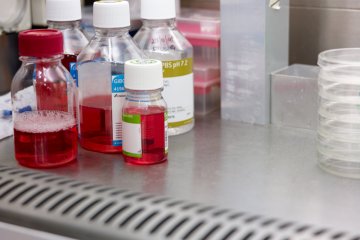Project grant
Metabolically competent stem cell systems: novel means to implement 3Rs in better drug safety assessment

At a glance
Completed
Award date
February 2008 - September 2011
Grant amount
£323,614
Principal investigator
Professor Roland Wolf
Institute
University of Dundee
R
- Replacement
Read the abstract
View the grant profile on GtR
